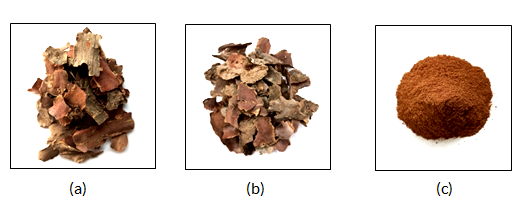


Indian Journal of Science and Technology
Year: 2020, Volume: 13, Issue: 24, Pages: 2452-2462
Original Article
Swarali S Khalate1, Prajakta M Chandgude1, Megha M Kambale1, Shivanjali S Dhawan1*, Sneha G Mane1, Rajendra J Marathe1, Rajkumar B Deshmukh2, Yogesh B Phatake1
1Department of Microbiology, ADT's Shardabai Pawar Mahila Arts, Commerce and Science College, Shardanagar, Baramati, Pune, 413115, Maharashtra, India
2Department of Botany, ADT's Shardabai Pawar Mahila Arts, Commerce and Science College, Shardanagar, Baramati, Pune, 413115, Maharashtra, India
*Corresponding author
Email: [email protected]
Received Date:26 May 2020, Accepted Date:25 June 2020, Published Date:11 July 2020
Objectives: To evaluate the antibiofilm potential of Terminalia arjuna and Ipomea carnea plant extract against potent biofilm forming UTI pathogens. Methods/Statistical analysis: In this study, previously isolated and characterized three UTI pathogens viz. Escherichia coli, Pseudomonas aeruginosa and Staphylococcus equorum were used to evaluate antibiofilm potential of selected plants. Soxhlet apparatus was used with a solvent methanol for the extraction process. For the evaluation of antibiofilm activity of different concentrations (2, 4, 6, 8 and 10 mg/ml) of plant extract in 3% DMSO Crystal violet assay was used. Findings: The methanolic bark extract of T. arjuna showed maximum activity up to 89.84% at 10mg/ml. against S. equorum while leaves extract of I. carnea gives maximum antibiofilm activity up to 67.53% at 2mg/ml against E. coli. The result shows that the investigated plants might be helpful in the development of potent herbal drugs to treat UTI.
Keywords: T. arjuna; I. carnea; E. coli; P. aeruginosa; S. equorum; Soxhletextraction; Crystal violet assay
© 2020 Khalate, Chandgude, Kambale, Dhawan, Mane, Marathe, Deshmukh, Phatake. This is an open-access article distributed under the terms of the Creative Commons Attribution License, which permits unrestricted use, distribution, and reproduction in any medium, provided the original author and source are credited. Published By Indian Society for Education and Environment (iSee)
Subscribe now for latest articles and news.